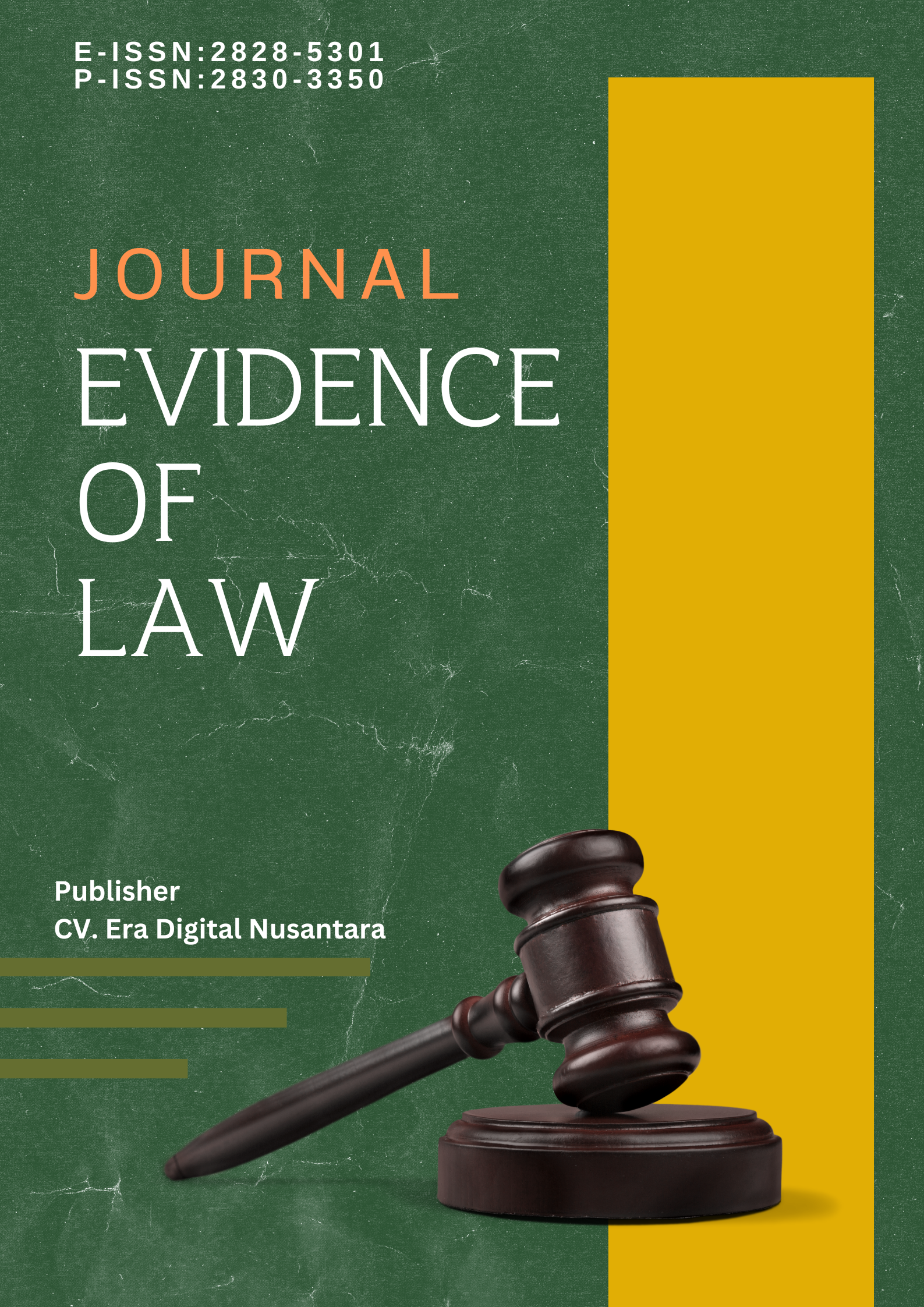The Dynamics Of Bankruptcy Law And Its Influence On The Investment Climate: A Comparative Study Between Indonesia And Thailand
Main Article Content
Abstract
This study aims to analyze the dynamics and effectiveness of bankruptcy law in Indonesia and Thailand through a comparative law approach. Thailand regulates bankruptcy through the Bankruptcy Act B.E. 2483 (1940) and its amendments, while Indonesia uses Law Number 37 of 2004 on Bankruptcy and Suspension of Debt Payment Obligations. The study focuses on the legal framework, procedural mechanisms, the role of judicial institutions, and creditor protection. The analysis results show that Thailand implements a centralized system through the Central Bankruptcy Court, which features specialized judges, a concise procedure, and the role of an official receiver as a state official in debt liquidation and reorganization. In contrast, Indonesia has a more open access to filing for bankruptcy for various parties. Still, it faces obstacles such as long resolution times, differing interpretations among courts, and issues with the cost and independence of curators. From the perspective of creditor protection, Thailand is more prominent because it provides legal certainty and encourages restructuring. At the same time, a liquidation pattern still dominates Indonesia due to the weak implementation of the PKPU mechanism. Therefore, it can be concluded that the Thai system is more effective in the aspects of efficiency, consistency, and business continuity. At the same time, Indonesia excels in access openness but faces challenges in the practical resolution of the bankruptcy process.
Downloads
Article Details

This work is licensed under a Creative Commons Attribution-ShareAlike 4.0 International License.





